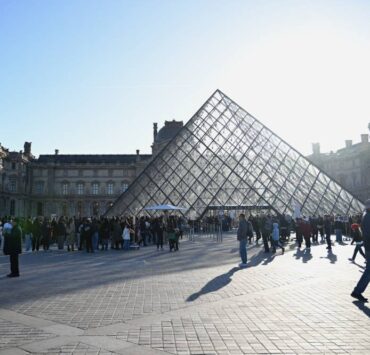Fast deco and the slow disappearance of ‘pamana’ culture

Fast fashion has long drawn criticism for its cultural and environmental impact. Now, fast deco is transforming Filipino homes, and in doing so, threatening the tradition of “pamana.”
What is fast deco?
Fast deco refers to low-cost, mass-produced furniture and décor that follow the latest trends and are easily replaced once a new look becomes popular. These days, it’s hard not to notice homes filled with “fast” furniture and décor.
That said, many brands have reshaped how Filipinos approach home décor, introducing not only a wide range of stylish, affordable furniture but also the idea that homes could be constantly updated to reflect the latest trends. Many Filipinos have embraced this mindset, buying pieces that look modern and trendy without worrying about long-term durability.
As a result, the home décor market in the Philippines is booming. This year, it’s expected to generate around US$179.10 million in revenue.
More Filipinos are drawn to minimalist styles that fit urban lifestyles—a shift influenced by social media, online shopping, and the convenience of fast décor. However, this constant cycle of buying and replacing comes with a hidden cost.
Every piece discarded for the next new look leaves behind more than just clutter—it adds to a mounting environmental problem. Metro Manila’s waste output has steadily increased over the years. In 2020, the region produced over 3.3 million metric tons of waste, rising to 3.36 million in 2021. The trend continued in 2022, reaching 3.39 million metric tons, and by 2023, waste generation had exceeded 3.4 million metric tons. In 2024, the numbers climbed even further, putting additional strain on the region’s already burdened waste management system.

A threat to pamana culture
From the root word “mana,” pamana is a Filipino term that means heritage, inheritance, or hand-me-down. In Filipino culture, it symbolizes the connection between generations, showing how older family members continue to look after the younger ones even after they are gone.
But pamana is more than just a hand-me-down—it’s memory, history, and identity. The wooden cabinet from my grandmother’s house wasn’t just a place for photo albums and my lolo’s CDs; it was a quiet witness to decades of family life. The handwoven lamp that once lit my mom’s room now glows softly in mine, carrying the same warmth through time. Our old living set, a little worn and scratched, has heard every laugh, story, and argument that made us who we are.
Even a simple vintage vase seems to hold not just flowers but also fragments of the past. Every piece of furniture was a storyteller and a keeper of memories that shaped our home.
Fast deco threatens this tradition. Modern, mass-produced furniture may look sleek and trendy, but it cannot hold these memories. Particleboard crumbles, laminates peel, and fabrics tear—too cheap and fragile to carry family legacies or heritage.
It also puts local craftsmanship at risk. Traditional furniture and décor made from solid wood or natural fibers take time, skill, and patience, qualities that mass-produced pieces simply can’t match. As fast deco takes over, artisan livelihoods are threatened, and the culture of pamana slowly fades, along with the family stories these pieces once carried.
Can pamana culture survive? Maybe, but it’s getting harder. Pamana has to adapt—finding its place in modern homes by supporting local artisans who keep tradition alive and showing that value doesn’t always come from what’s new.

















